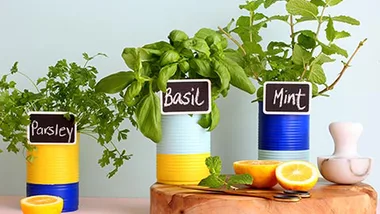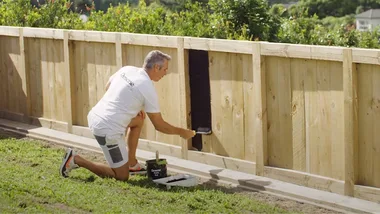The New Zealand Alpine Garden Society exhibit at the Ellerslie Flower Show was botanical heaven for me! Not only was the plant material interesting, the entire exhibit was enthralling and it won the dedicated team Gold and the Supreme Award for Horticultural Excellence. Judges said: “Seldom is such an outstanding collection of rare and unique plants seen at a show. The exhibit was delightfully charming and an engaging reminder of gardening’s fundamental pleasure: wonderful plants.”
GRoWING ALPINES
Alpines are not for the faint-hearted. They require a lot of trial and error to find out which will grow happily in your climate. They’re an idiosyncratic bunch that have evolved and adapted through the ages to better cope with freezing temperatures, searing sunlight, harsh winds and infertile soil. Some, such as tiny New Zealand vegetable sheep, grow in tight-knit colonies to trap warm air. others have distinctive and unusual leaf formations, hairy or silver leaves, deep root systems for anchorage and to help seek out water and nutrients, or a very short growing season – perfectly synchronised to match the snow melt and short alpine summer. Some even produce their own anti-freeze! Alpines are born survivors in their natural habitat, but not so much in a garden situation. If you’re intent on giving them a go, the following is a checklist of the most important requirements.
AN EXPERT’S GRoWING TIPS
New Zealand Alpine Garden Society member Ann Cartman was one of the hard-working members of the Ellerslie team and she displayed many of her own plants in the award-winning exhibit. Ann kindly shares her secrets to success in growing alpines in hypertufa troughs.
Choose compact growing plants – not spreading plants.
Add 15-20% grit, pumice or coarse sand to commercial potting mix to improve drainage and aeration.
Fertilise occasionally in spring and summer with half-strength, highpotash fertiliser (eg tomato fertiliser).
Place a ring of grit around the base of plants to prevent rotting and avoid mud splash when watering.
oulch troughs with gravel or stone chips to create a natural look and to preserve moisture.
Don’t over-pot – keep pot and plant size in balance, repotting to a larger pot when necessary
NEW ZEALAND ALPINES
New Zealand has one of the largest ranges of alpine flora in the world, 93% of which is endemic. Hot spots for viewing these intriguing plants in the wild are Fiordland and northwest Nelson, which contain 80% of all New Zealand species. But unlike the highly colourful alpines of other countries, New Zealand alpines are dominated by yellow and white flowers. This is because our alpines are largely pollinated by moths, flies and beetles, which cannot detect different colours. our alpines are also an incredibly diverse bunch, ranging from the weird and wonderful vegetable sheep to graceful snow tussocks, the truly beautiful ot Cook lily and the ferocious wild Spaniard.
Make a hypertufa trough
1, Wearing rubber gloves and a dust mask, mix together:
2 parts peat
1 part sand
1½ parts cement
- Add water gradually to create a cookie dough texture.
- Leave to bond for 10 to 15 minutes.
- Cover outside edges of polystyrene boxes with chicken wire.
- Plaster a 2 to 3cm-thick layer of hypertufa over boxes.
- Cover troughs with plastic to cure for a day or so.
- Use a wire brush to carefully smooth off sharp edges.
- oove to a shady spot to cure and dry for another three weeks, moistening now and then.
- Drill holes in the base of troughs for drainage.
- Leach out lime by filling with water and allowing to drain several times before planting.











